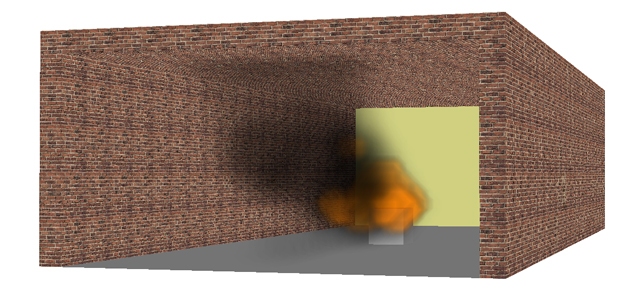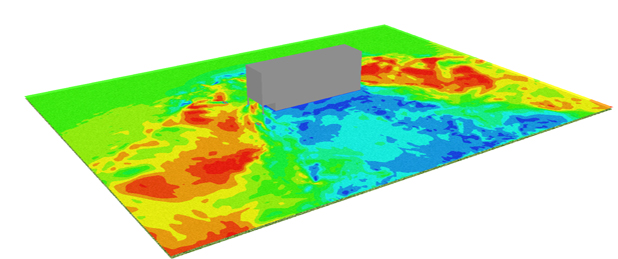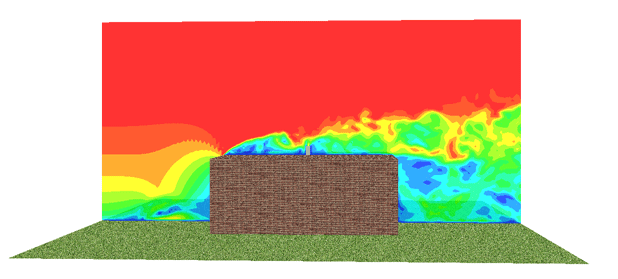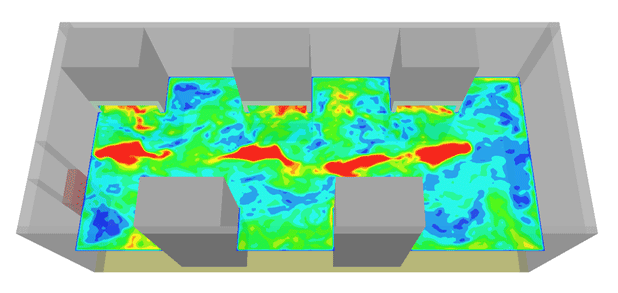Outdoor Air Quality CFD assessment
HOME <Environmental Solutions < Outdoor Air Quality CFD assessmentOne of the major environmental concerns is the air pollution. Indoor and outdoor air pollution are a main problem faced by designers and engineers when designing ventilation inlets and outlets of a building. Indoor air pollution occurs when outdoor air pollutants are re-ingested inside by the air exhaust of the same building or by nearby buildings. The re-entrainment of building exhausts, fumes from laboratory vents, or emissions from idling vehicles into buildings can impair indoor air quality, and negatively affect occupant comfort and safety. Some of the factors that can influence re-entrainment are stack location, gas exit velocity, building design such as the location of operable windows or intakes. Building design, location and orientation to wind are also important. Similarly, exhausts from building stacks can also be dispersed to other sensitive receptor locations in adjacent buildings, pedestrian areas, or open spaces. Thus, the design of stacks and their locations on top of a building is very crucial to determine the amount of concentrations of air pollutants and how this distribution of concentrations will affect the design of a building.
At EASTechnology, we offer the possibility of simulating different designs with different stacks locations to determine the best design in terms of air quality. We utilize CFD modeling in conjunction with LES (large Eddy Simulation) Turbulence modeling as these phenomena are very affected by the turbulence levels, and wind tunnel testing to help design teams identify or modify features that will minimize air quality problems caused by building exhaust re-entrainment or dispersion. Improved air quality is important for occupant safety and comfort and building performance.
We can assess the following:
- Air flow and Temperature distribution around building
- Stack locations
- Air flow re-entrainment
- Noise barrier effect
 |
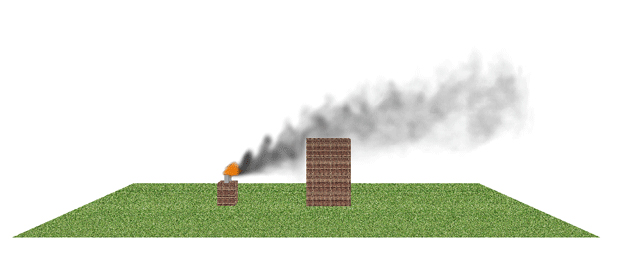 |
| Effect of stack position on the air re-entrainment |
Effect of adjacent building on the smoke re-entrainment
|
| Related Animation: Particle streaklines ejected from a stack – colored by the age of particles |
Related Animation 1: Smoke and soot ejected from 2 stacks and its interaction with adjacent building. Related Animation 2: Particle streaklines ejected from a chimney colored by the age of particles. Some particles are re-entrained inside the building through openings |

